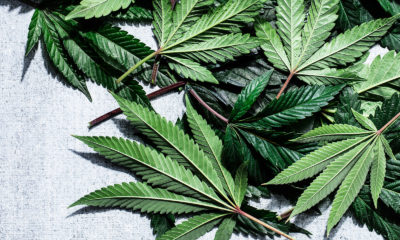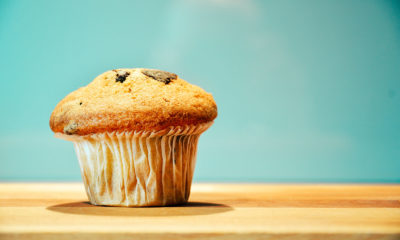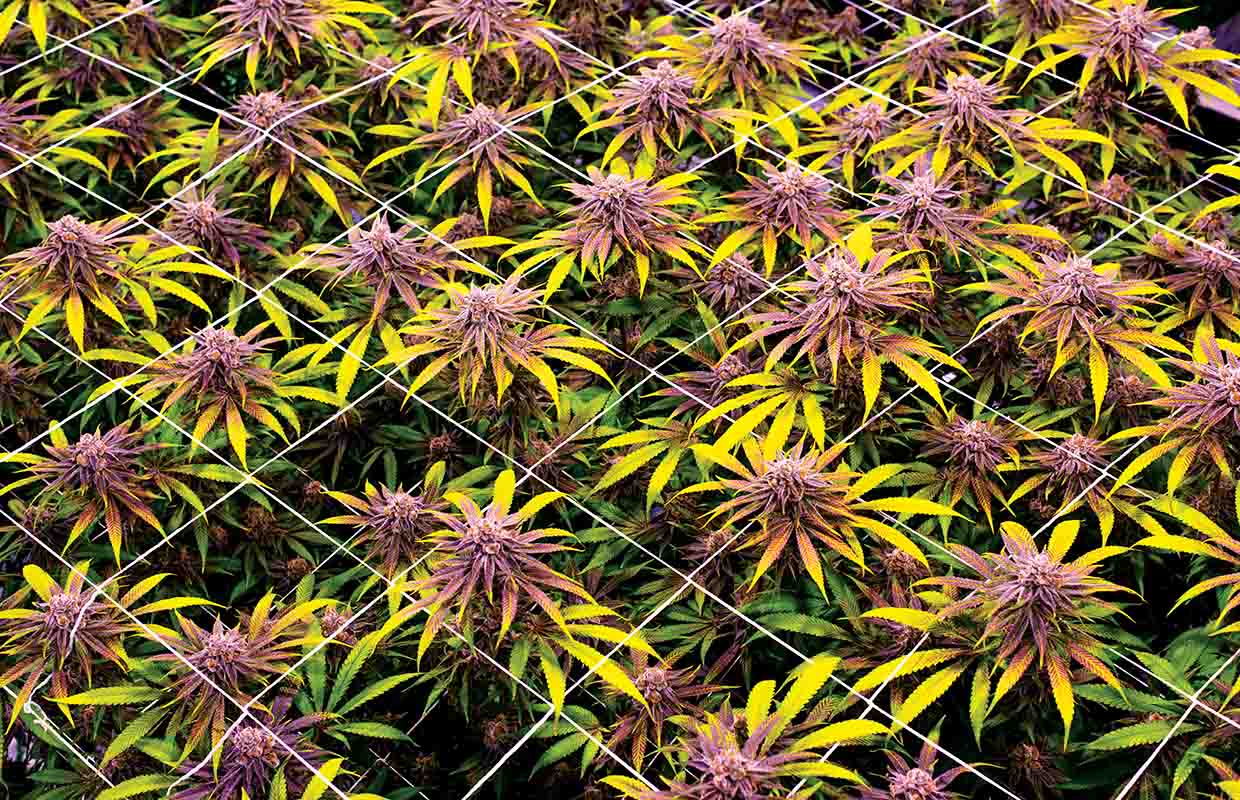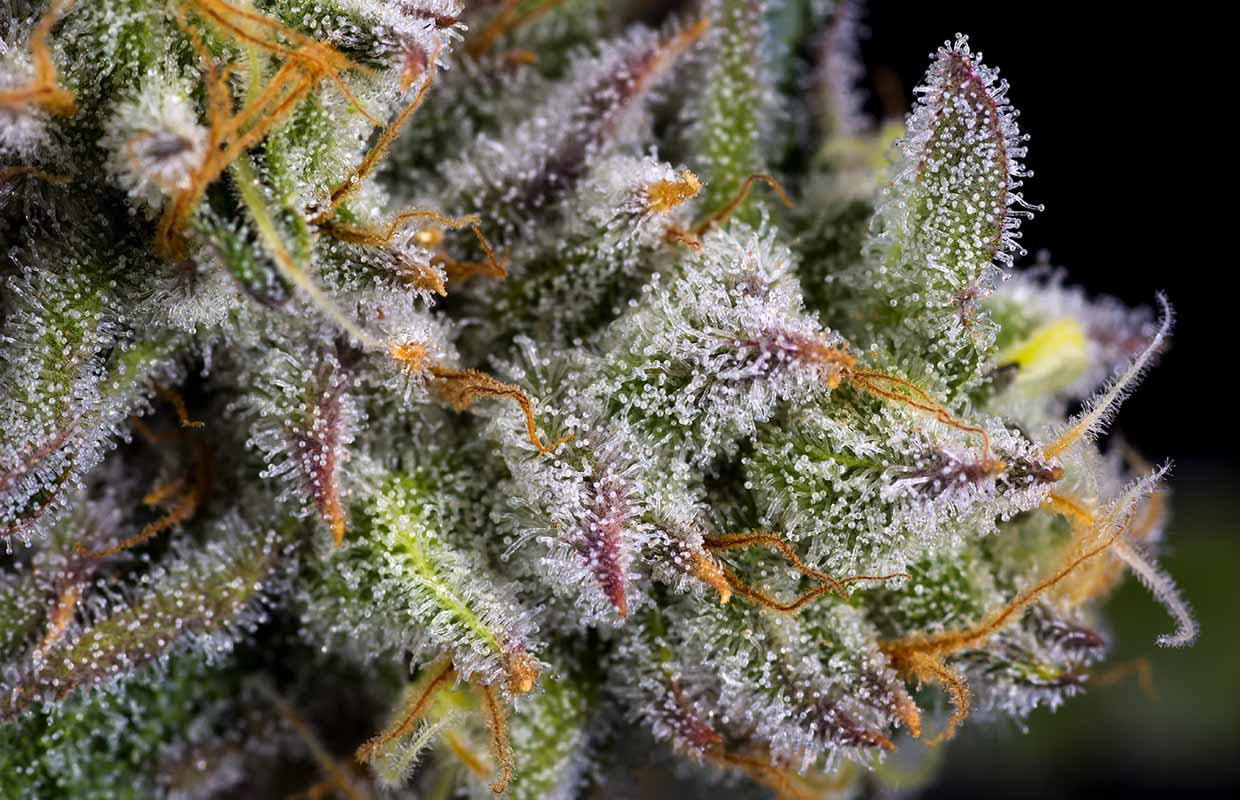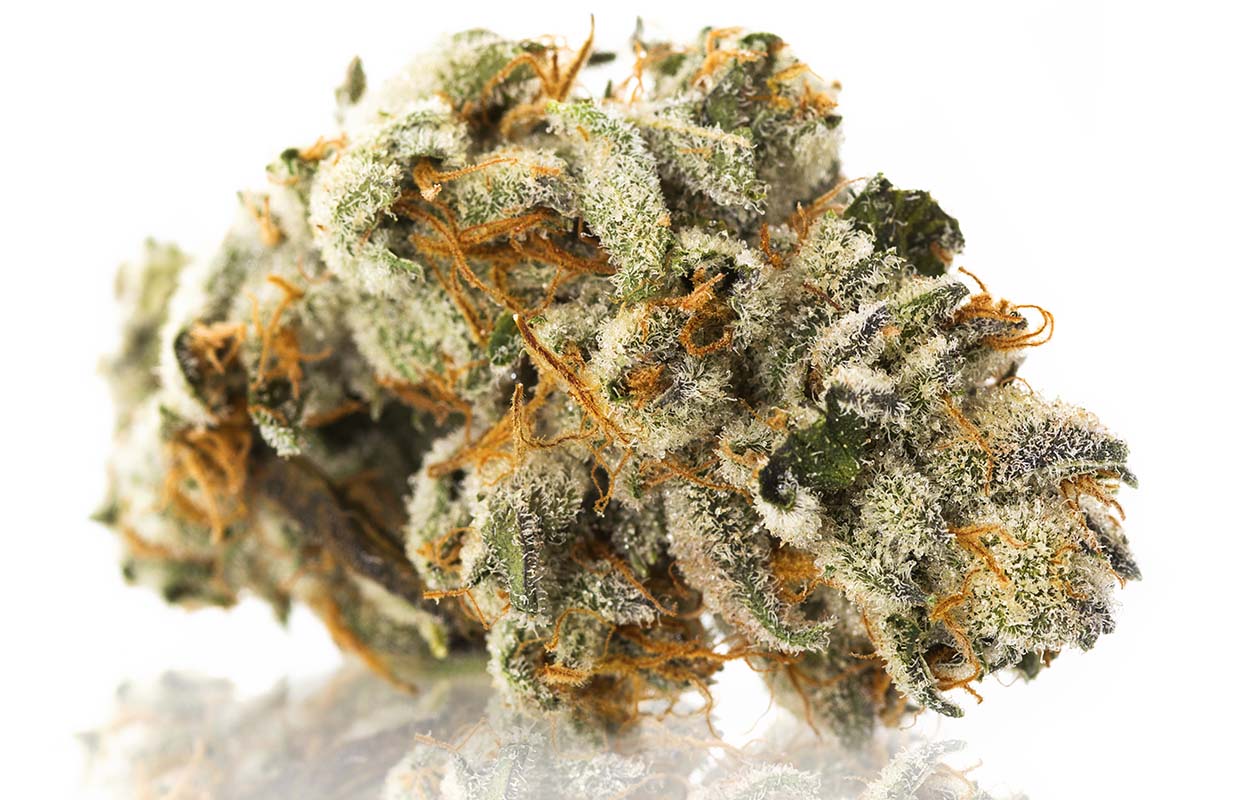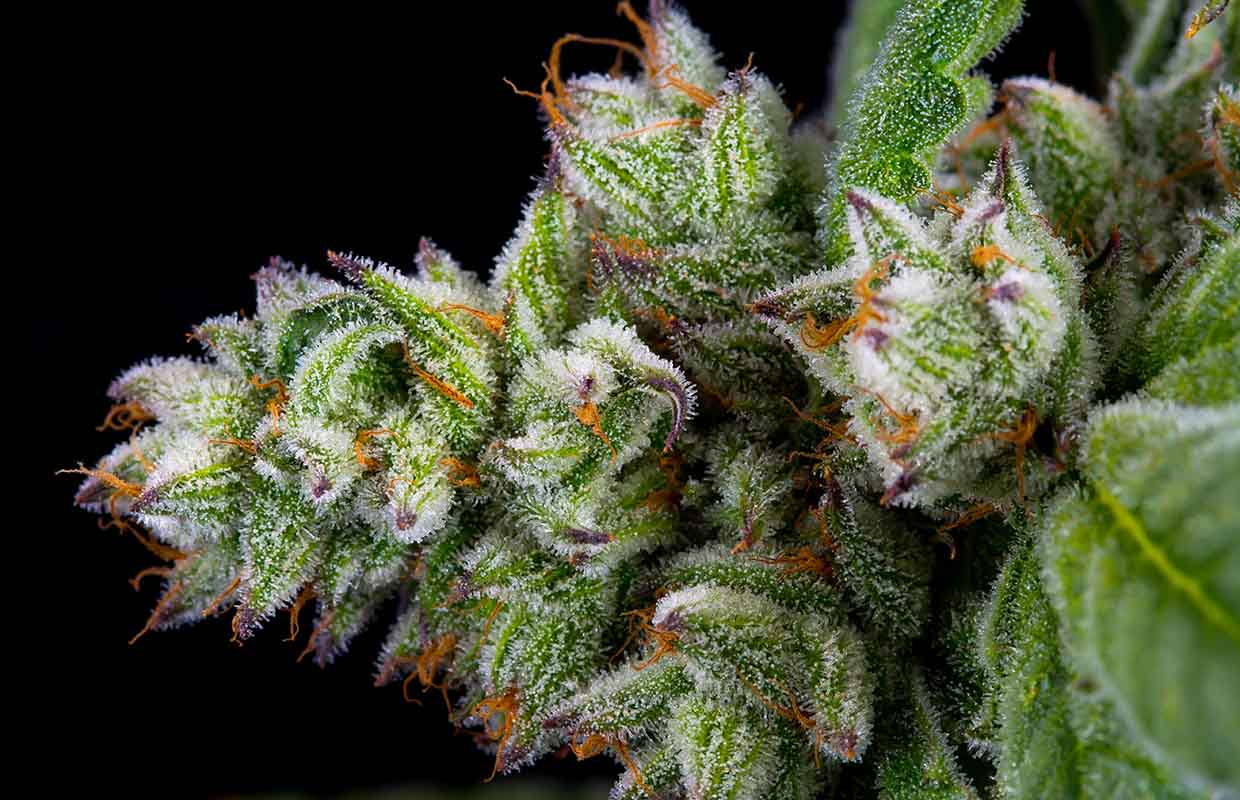On Pheno Safari with the Jungle Boys
When it comes to hunting exotic terps, these boys are after big game.
In a world of Blue Dreams and mystery bag-seed Cookie phenos, one might think the art of massive 1,000 seed propagation efforts in search of all-star genetics was dead — but that couldn’t be further from the truth. Now, as preparations are made for the transition to the legal market, cultivators are putting more effort than ever into their brand’s stamps on the family jewels. To find out how the masters unearth their gems, we reached out to some of SoCal’s most respected cultivators and bean poppers: the Jungle Boys.
Since 2005, the Jungle Boys — long associated with TLC, one of Los Angeles’s premier collectives — have provided Kush (that could be mistaken for gasoline by the blind) to a decidedly OG town.
Like many of their peers who’ve been in it for the long haul, they had to fight off the DOJ’s infamous “landlord letters,” but they’ve checked every compliance and permit box over the years, positioning themselves to be one of the top producers of boutique cannabis in a state filled with sure to be short-lived, dollar store outfits.
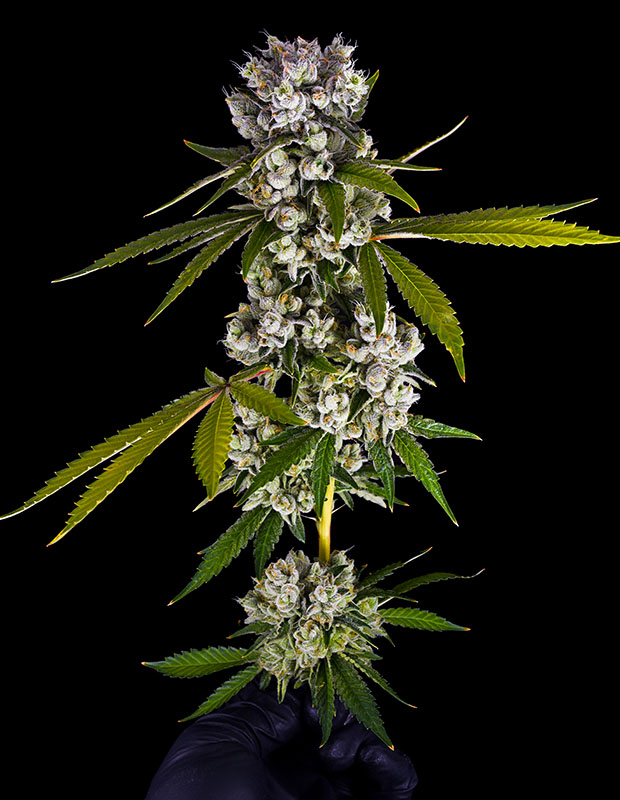
Jungle Cake
The behind the scenes work to get their hottest new strains to the shelf can take years, after preserving mother plants and flowering hundreds to find those elite cuts.
We spoke with Ivan of the Jungle Boys to get the whole story.
“A normal pheno hunt — depending on the variety and traits we’re looking for — we’ll get our hands on anywhere from 250 to 1,000 seeds, then pop all of them, ” Ivan said.
To illustrate the stringent standards used to select first-round winners, he pointed to a recent Jungle Boys effort to find a keeper phenotype of Mimosa, a cross of Clementine and Purple Punch — one of the best purples in SoCal: out of 200 seeds, they only found 12 keepers.
“From there we’ll narrow it down to six then four,” he said. “We don’t keep anything that’s the same or test higher in terpenes than the rest of them — THC numbers, it has to have it all.”
The new genetic material they’re working with typically need three runs to really express its full phenotype.
“Normally on the first run, something we might not even have been looking for just needs to be dialed in and put in its proper environment,” he said. “Then we really start to see the ones we’re going to keep.”
This dedication has produced some of the most popular LA cuts in recent memory. Names like Orange Cookies and the aforementioned Purple Punch are prime examples of the best non-OG strains in LA, according to the masses.
The Jungle Boys are also famous for their representations of Northern California-bred strains like Gelato and Cookies. With such a high degree of production quality already available in-house, we asked Ivan what it takes for other genetics to get in the mix.
“We’ve been getting free cuts from so many people for years, and we’d just never talk about them again after they were grown out,” he said. “Not because they were bad or the people, they just didn’t have it all.”
They stick to the three-run policy when investigating genetics propagated out of house as well. In those second and third runs, they’re able to decide if a cut checks all their boxes and “has it all.”
The Jungle Boys mother plants are numbered and tracked corresponding to their previous cycles. If they notice any shifts in vigor or rooting speed, they can narrow that down quickly and cut the fading genetics from the gene pool.
“The stuff that we pheno hunted, that we found, we know for sure what it is — we take vigorous notes on everything,” Ivan said.
One of the biggest propagation hits for the Jungle Boys was Sundae Driver. Ivan said they had a lot more winners in that run than usual.
“With most strains, 99 percent of people would think it’s the nicest one out there or best plants they’ve ever grown,” he said. “We just really narrowed it down and found the true elite. We have so many patients; even if we think it’s desirable, is it going to do it for the patients?”
The patients at TLC play a big role in Jungle Boys folklore, inadvertently selecting many of the famed cuts.
“We’ll normally never even hype up a pheno number and just say these strains are amazing,” Ivan said, adding that with the recent Mimosa run, the most rave reviews circled around the #14 and #26. “It’s unbelievable citrus and oranges with a little bit of that purple punch on the backside — it’s really nice.”
Patients also played a huge role in the now Infamous Wedding Cake OG.
Many new exciting lines are in the work’s currently including Banana Punch, Grape Wedding Cake, Wedding Crasher and Orange Cookies x Grape Pie.
“We’ve got a bunch of really cool stuff,” Ivan said. “We’re always popping seeds.”
Ivan stressed the labor-intensive and time consuming nature of a Jungle Boys pheno hunt.
“A single pheno project will take us anywhere from a year to two years,” he said. “All the stuff we’re releasing next — the Jungle Cakes, Grape Wedding Cakes and The White Weddings — we’ve been working on that. We have those going in all of our rooms, but we keep them hush hush until we can really dial them in.”
Once they’re ready for a full release, they’ll start showing samples off to patients, drawing from all the best variations that made the cut available.
“A lot of people don’t understand. They’re like ‘Why don’t you have enough for everybody?’” Ivan said. “They don’t understand the man hours, the rooms and the lights we set aside for all these seeds is just tremendous. At any given time we have a couple hundred lights dedicated to seeds.”
Out of all the Jungle Boys’ pheno hunt trophies — those from recent years and those grown over the past 13 — Ivan puts the Jungle Cakes (WiFi #43 crossed with Wedding Cake) at the top of his list.
“I would probably say the Jungle Cakes is the best thing we’ve found,” he said, adding that it was a full circle cross, utilizing his very first pheno.
“[WiFi #43 was my first seed pop I did with OG Rascal — I popped 1,000 seeds. It’s in a lot of gardens now and almost every breeder has worked with it,” he said. “Eight years ago we found the WiFi #43 and now it makes one of our best crosses today.”
Originally published in the print edition of Cannabis Now.






